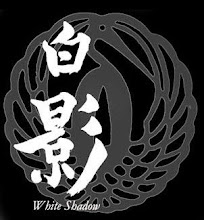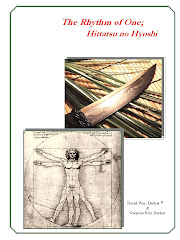After only a few weeks wait time I received a package from the Egginton Group in Sheffield,
UK. I had ordered a First Pattern knife from them. This is a fairly new model from their custom shop, part of their “Collectable Knives” series. First
impressions are very favorable. The packaging was robust ensuring that it
arrived in undamaged condition. Inside the shipping box was a finely appointed
cardboard box which set the expectations that the knife inside would be equally
as elegant. Indeed I was not disappointed. Inside the box is a paper wrapped
booklet briefly describing the history of the cutlery firms which compose the
Egginton Group. The booklet also included a certificate of authenticity. Now,
let’s get on to reviewing the piece de’ resistance, the knife.
There are some anomalies, but only someone reasonably familiar
with the World War Two version would probably notice. The nicely ground and
symmetrical blade is one inch wide at the ricasso and seven and one quarter
inches long. That is a trifle longer than most originals. It is approximately
3/16 inches thick. World War Two versions are a full ¼ inch thick and usually
under seven inches long. Still the knife has a nice balance and heft to it. One
thing I found ironic is the blade profile is closer to an X-dagger than a Wilkinson.
The original specification calls for a blade with a straight taper from the
guard to the tip. The ricasso, which is a little longer than normal, is nearly
parallel sided, whose taper then increases to the tip. Unlike many originals
this blade is sharp, a decided improvement.
I am especially pleased with the etchings on the ricasso. Both are
typical of the World War Two originals with the exception of Joseph Rodgers
replacing the Wilkinson name. Nicely done!
Handle and two inch wide “S” guard are both beautifully
plated and traditional in form. The serial number of this knife is cleanly
stamped on the upper surface of the guard. The sheath, the sheath is a breath
of fresh air! After decades of complaining about crappy sheaths this one is
superb. It is a very snug fit and has a lovely plated chape identical to the
originals. Snap and strap retention is very nice too. Kudos to the sheath
makers! WW-II knife top, Rodgers knife bottom.
Is it a perfect rendition? No, but my final assessment is that I am very well pleased with the
knife, despite any of the minor anomalies listed. It is perhaps one of the finest Factory- Made
First Pattern knives since those made by the H.G. Long Company a few years
back. It is destined to become a collector’s item based on the Joseph Rodgers
mark alone. The only fault I would point out is the lack of definition in the
region where the ricasso blends into the blade’s bevels. This is typical of a
machine ground blade, although these may be hand ground. It is a knife of excellent quality and the
extra efforts taken in the finish and presentation of it make a very favorable impression. Congratulations to the Egginton Group
craftsmen for a job well done.
Somewhat as an afterthought I have added a few photos which compare the ricasso areas of an original and also a Paul MacDonald First Pattern and a Peter Parkinson (very early) first Pattern (middle) along with the Rodgers knife. The variations in original WW-II knives are almost as stark as these three modern knives exhibit. The two by MacDonald and Parkinson have thicker blades. With original WW-II First Patterns selling in the $2,000 range, knives by any of these makers; MacDonald, Parkinson or Egginton, are a bargain.













